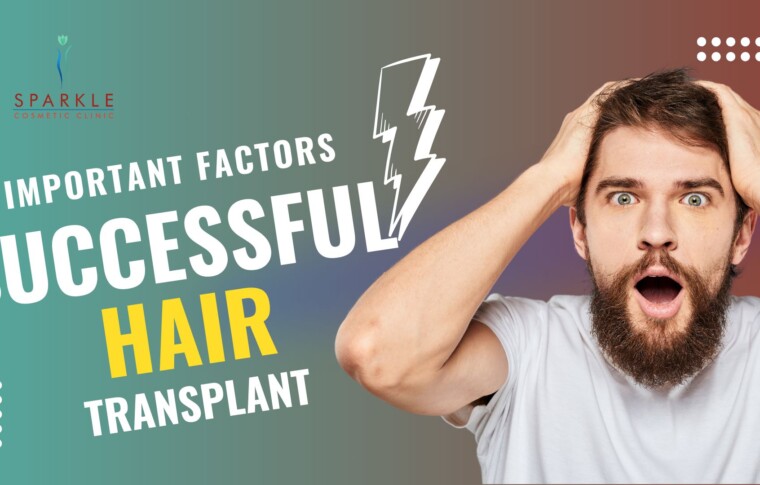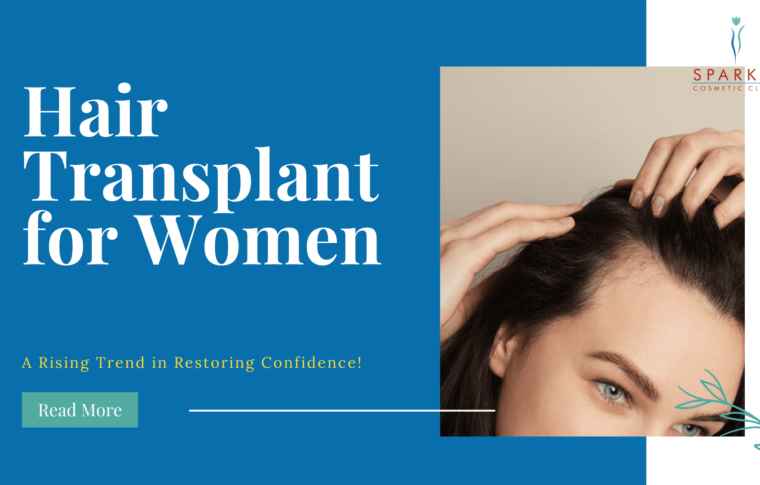Introduction:
Hair loss can be a distressing experience for anyone, impacting not only physical appearance but also self-confidence and overall well-being. While it’s a common condition, individuals facing high-grade baldness often feel particularly challenged.
Fortunately, advancements in medical technology offer hope in the form of hair transplant procedures. In this comprehensive guide, we’ll delve into the world of hair transplantation, focusing on how it can help individuals suffering from high-grade baldness regain their confidence and personality.
Understanding High-Grade Baldness:
High-grade baldness, also known as advanced or severe alopecia, typically refers to extensive hair loss characterized by significant thinning or complete baldness in specific areas of the scalp. This condition can result from various factors, including genetics, hormonal changes, medical conditions, or lifestyle choices.
Unlike milder forms of hair loss, high-grade baldness often presents unique challenges due to the large areas of scalp affected, making traditional hair restoration methods less effective.
The Impact of High-Grade Baldness on Personality:
The psychological impact of high-grade baldness cannot be overstated. Beyond its physical manifestations, hair loss can profoundly affect an individual’s self-esteem, body image, and overall quality of life.
Many people experiencing severe hair loss report feelings of embarrassment, self-consciousness, and social withdrawal, leading to diminished confidence and personality. Moreover, societal norms and media portrayals often perpetuate unrealistic beauty standards, exacerbating the emotional burden of hair loss for affected individuals.
Hair Transplantation: A Viable Solution:
In recent years, hair transplantation has emerged as a leading solution for individuals seeking to address high-grade baldness and restore a fuller, natural-looking head of hair.
This innovative procedure involves transplanting healthy hair follicles from donor areas, typically the back or sides of the scalp, to areas affected by baldness. Hair transplantation techniques have evolved significantly, offering more precise and natural results with minimal discomfort and downtime.
Types of Hair Transplant Procedures:
Hair transplant procedures primarily fall into two categories: follicular unit transplantation (FUT) and follicular unit extraction (FUE).
1. Follicular Unit Transplantation (FUT):
- FUT, also known as strip harvesting, involves surgically removing a strip of scalp tissue from the donor area and dissecting it into individual follicular units under a microscope.
- The harvested follicular units are then meticulously transplanted into recipient sites on the scalp, following the natural hair growth pattern.
- FUT is suitable for individuals requiring a large number of grafts and can yield excellent results with proper surgical technique.
2. Follicular Unit Extraction (FUE):
- FUE is a minimally invasive hair transplant technique that involves harvesting individual follicular units directly from the donor area using a specialized punch tool.
- Unlike FUT, FUE does not require a linear incision, resulting in minimal scarring and faster recovery.
- FUE offers greater flexibility in hairline design and is ideal for patients with limited donor hair or those seeking shorter recovery times.
The Consultation Process:
Before undergoing a hair transplant procedure, individuals are encouraged to schedule a consultation with a qualified hair restoration specialist. During the consultation, the surgeon will assess the patient’s degree of hair loss, scalp condition, donor hair availability, and overall candidacy for hair transplantation.
Additionally, the surgeon will discuss the patient’s expectations, goals, and desired outcomes to develop a customized treatment plan tailored to their needs.
Preparing for Hair Transplant Surgery:
Preparing for hair transplant surgery involves several essential steps to ensure optimal results and a smooth recovery:
- Discontinuing certain medications or supplements that may interfere with the healing process.
- Following pre-operative instructions provided by the surgeon, such as avoiding alcohol, smoking, and strenuous activities.
- Arranging for transportation to and from the surgical facility on the day of the procedure.
- Planning for post-operative care, including time off work or activities that may disrupt the healing process.
The Hair Transplant Procedure:
On the day of the hair transplant procedure, patients can expect the following steps:
- Anesthesia: The surgeon will administer local anesthesia to numb the donor and recipient areas, ensuring the patient’s comfort throughout the procedure.
- Donor Harvesting: For FUT, a strip of scalp tissue is surgically removed from the donor area, while FUE involves extracting individual follicular units using a punch tool.
- Graft Preparation: The harvested follicular units are carefully dissected and prepared for transplantation under a microscope, ensuring their viability and integrity.
- Recipient Site Creation: Using precise incisions, the surgeon creates recipient sites on the balding areas of the scalp, taking into account the patient’s natural hairline and aesthetic goals.
- Graft Placement: The prepared follicular units are meticulously placed into the recipient sites, following the predetermined hairline and distribution pattern.
- Post-operative Care: After the procedure, patients receive instructions for post-operative care, including medications, wound care, and activity restrictions.
Recovery and Post-operative Care:
Following hair transplant surgery, patients can expect a period of recovery during which they must adhere to specific guidelines to promote optimal healing and graft survival:
- Rest and Recovery: Patients are advised to rest and avoid strenuous activities for the first few days following surgery to minimize swelling and discomfort.
- Medications: Prescription medications may be prescribed to alleviate pain, prevent infection, and promote healing.
- Wound Care: Patients should follow the surgeon’s instructions for cleaning and caring for the transplant sites to prevent infection and ensure proper healing.
- Avoiding Trauma: It’s essential to avoid touching, scratching, or rubbing the transplant sites to prevent dislodging grafts or causing damage to the newly transplanted hair.
- Follow-up Appointments: Patients will schedule follow-up appointments with the surgeon to monitor healing progress, remove any sutures or dressings, and address any concerns or questions.
Expected Results and Long-term Outlook:
While initial results may be visible within a few months following surgery, the full effects of hair transplantation become apparent over time as the transplanted hair follicles establish new growth cycles. Patients can expect gradual improvement in hair density, coverage, and overall appearance, with final results typically achieved within 12 to 18 months.
With proper care and maintenance, the results of a successful hair transplant can be long-lasting, providing individuals with a natural-looking head of hair and renewed confidence in their appearance.
Conclusion:
High-grade baldness can significantly impact an individual’s self-esteem and personality, but hair transplantation offers a viable solution for restoring a fuller, more youthful head of hair. By understanding the causes and consequences of severe hair loss and exploring the options available for hair restoration, individuals can take proactive steps to regain their confidence and reclaim their personality.
With advancements in hair transplant techniques and a skilled team of hair restoration specialists, individuals facing high-grade baldness can embark on a transformative journey toward a brighter, more confident future.




